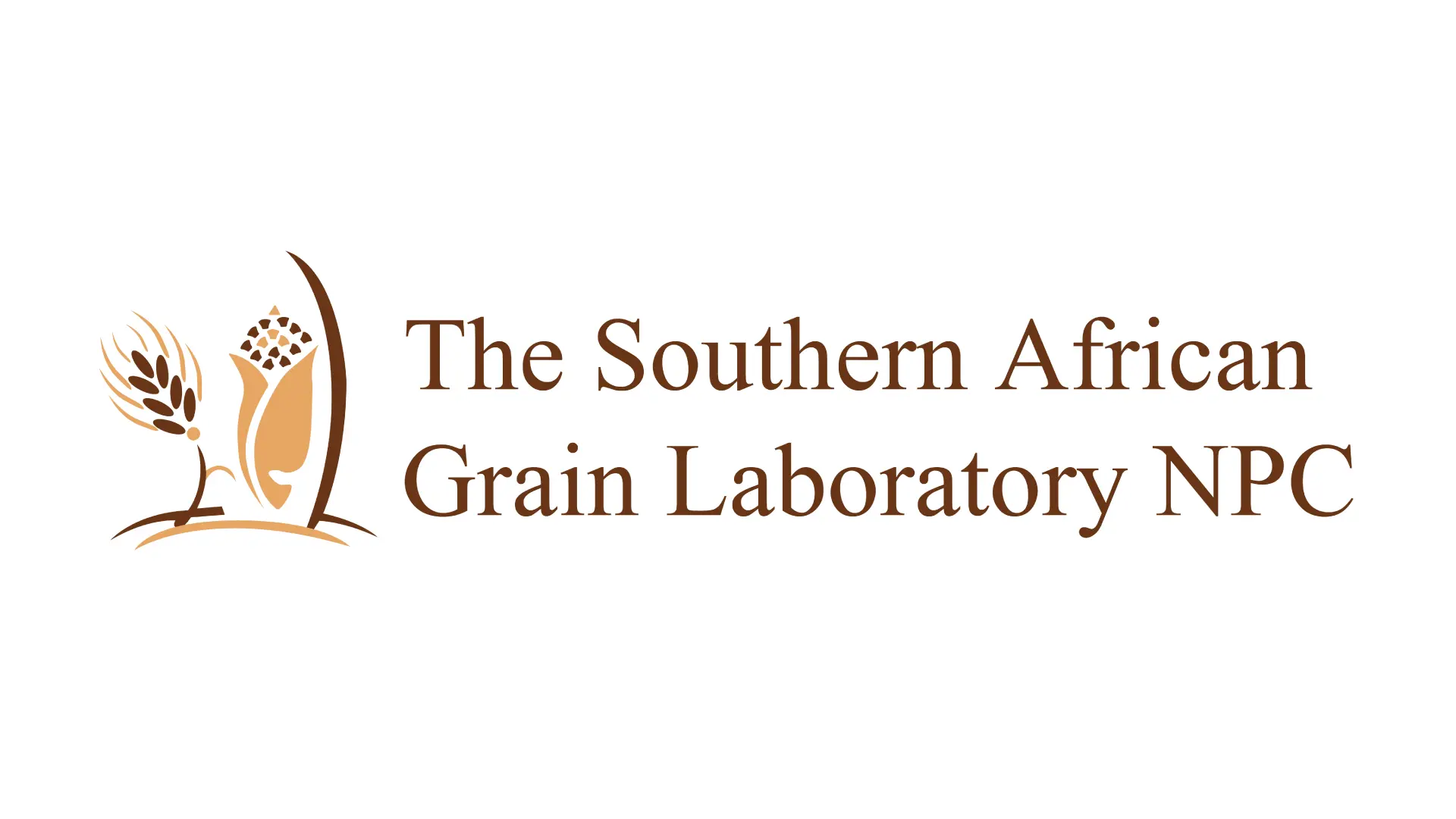Composite samples of imported wheat were tested for the presence of mycotoxin residues and the results, in general, did not raise any concerns.
Monitoring the quality of imported wheat is important to the entire wheat value chain since South Africa relies on imports to supply local demand. During the period 1 October 2018 to 30 September 2019, 168 samples of wheat imported for local use and representing 1 368 097 tons of wheat, were received from ten countries and analysed by the Southern African Grain Laboratory NPC. The countries of origin with the number of samples received in brackets, were: Argentina (28), Canada (9), Czech Republic (6), Germany (27), Latvia (7), Lithuania (10), Poland (5), Romania (12), Russian Federation (99), Ukraine (10) and USA (18). Wheat imported for purposes other than bread baking (e.g. soft types for biscuit making) is included in this data set.
7% of the samples had hectoliter mass values below 77 kg/hl (minimum requirement for South African grade B1 wheat), compared to the 18% and 7% of the previous two seasons. These samples originated from Argentina, Germany, Romania, the Russian Federation and the USA, which reported the lowest hectoliter mass values overall. Screenings represent all material that passes through a standard sieve (1,8 mm), with 3% the maximum allowed for grades 1 to 3 according to RSA grading regulations. Samples from the Russian Federation and the USA also reported the highest levels of screenings, which explains the low hectolitre mass values observed on these samples at least in part.
None of the samples reported falling number results below 220 seconds. The wheat imported from Romania had the highest average falling number value, which equaled the RSA national average for the same season.
As in previous seasons, a general trend towards lower gluten contents, lower farino graph water absorptions and shorter development times, lower alveograph strengths and shorter distensibility values (leading to higher P/L values), compared to South African wheat, are observed. This observation excludes the wheat originating in Canada. Most of the imported wheat samples again showed a tendency towards longer mix ogram mixing times (in excess of 4,0 minutes). Some of these long mixing times can be explained by low protein levels in the samples.
Flour having undesirably low protein starch ratios, require more time to produce continuous protein phases during mixing. Mixing time provides an indication of the amount of time needed to mix the dough to optimum development, between 2,8 and 3,5 minutes are considered acceptable in South Africa.
Composite samples of holds per shipment per country were tested for the presence of mycotoxin residues by means of a multi-mycotoxin analysis. A total of 78 samples were tested and the mycotoxin results, in general, did not raise any concerns. Deoxynivalenol (DON) residues were observed on some of the samples, but none of the levels exceeded national or international maximum allowable levels. Ochratoxin A residues were observed on one sample from Canada and this value exceeds maximum allowable levels amongst the European Union and Codex.
During the 2018/19 marketing season, a total of 1 356 631 tons of wheat have been imported for use in South Africa. 30% of this wheat originated in Germany. The last samples of this season have just been delivered to SAGL and the results will be updated to the SAGL website as soon as the analyses have been completed. The results of 134 samples are already available at www.sagl.co.za.
During the first week of the 2019/20 marketing season, 32 841 tons of wheat have been imported from Germany, the Russian Federation and Poland. All import figures were obtained from the South African Grain Information Service’s website.


